Maszyny potrafią nalewać piwo, robić koktajle, odbierać i przynosić zamówione potrawy, a także bez problemu wystawią rachunek, co przyspiesza proces płatności. Czy nowoczesna technologia wkrótce w pełni zautomatyzuje gastronomię?
Autonomiczne samochody, smartwatche badające nasze zdrowie czy urządzenia wirtualnej rzeczywistości to technologie, do których zdążyliśmy się w ostatnich latach przyzwyczaić. Jednak gdzieś poza zasięgiem zainteresowania mediów trwa zupełnie inna technologiczna rewolucja, która całkowicie może zmienić przyszłość barów, kawiarni i restauracji. Spójrzmy zatem na to, jak wkrótce może wyglądać przyszłość gastronomii.
Rok 2028: piwo nalejesz sobie samodzielnie
Ściana piwa (ang. beer wall) to rozwiązanie, które trudno uznać za szczególnie nowe, choć z wielu przyczyn nie udało mu się jeszcze podbić polskich restauracji i pubów. Najbliższa przyszłość może to jednak zmienić.
– Myślę, że za jakiś czas tych ścian będzie dwa razy tyle. Chyba że zatrzyma nas epidemia, wojna lub coś w tym stylu. To rozwiązanie, które przebojem zdobywa rynek – mówi Waldemar Tymiński, właściciel firmy Beer Wall, która stworzyła większość działających w Polsce piwnych ścian.
Zasada działania urządzenia jest prosta. Klient kupuje specjalną przedpłacową kartę i sam decyduje, jaką kwotą chce ją doładować. Aby nalać sobie piwa, wystarczy wsunąć kartę w odpowiednie miejsce i wybrać interesujące nas piwo, którego możemy spróbować w dowolnej pojemności. Gość samodzielnie decyduje, czy chce nalać sobie pełny kufel, czy tylko kilka mililitrów do spróbowania. Na koniec urządzenie odejmie odpowiednią kwotę ze środków na karcie.
Piwna ściana w każdym mulitapie?
Ściana szczególnie dobrze się sprawdza w miejscach z dużym wyborem piw. Jest to technologia stworzona przede wszystkim dla multitapów oraz dużych pubów, a niekoniecznie dla mniejszych piwiarni czy restauracji z wyborem
dwóch lanych piw.
– Dla klienta zabawa jest wtedy, gdy piw jest jak najwięcej. Choć w Gdańsku robiliśmy beer walla z jedynie sześcioma kranami i działa on świetnie. Lepiej jednak, gdy kranów jest więcej. Ludzie lubią sami nalewać sobie piwo. Sądzę, że za jakiś czas multitapy, które nie posiadają takiego rozwiązania, będą tracić klientów. Na razie jeszcze ten system jest zbyt mało popularny, by to się stało – prognozuje Waldemar Tymiński.
Przeszkodą w rozwoju tego rodzaju technologii jest, przynajmniej na razie, jej wysoka cena. Za przygotowanie jednego kranu przyjdzie nam zapłacić nawet kilkanaście tysięcy złotych. I choć inwestycja może się w krótkim czasie zwrócić, to przygotowanie ściany z wyborem kilkunastu piw będzie dla wielu przedsiębiorców niebagatelnym wydatkiem.
Zalety rozwiązania są jednak trudne do przecenienia. Z nalewaków może korzystać na raz kilka osób, co znacznie przyspiesza czas obsługi i niweluje problem rozlanego czy zmarnowanego piwa. Restaurator zarabia na każdej kropli, która popłynie przez odkręcony kran, a ponadto obecność ściany piwa w restauracji czy barze oznacza, że barmani mogą skupić się na innych czynnościach, na przykład podawaniu kawy i alkoholi mocnych czy miksowaniu koktajli. Oczywiście możemy pójść o krok dalej w automatyzacji i wyeliminować barmanów całkowicie.
Rok 2032: kawę i koktajl zrobi Ci robot
Alkoholowe koktajle nie są przeważnie pierwszym skojarzeniem, jakie większość z nas ma na myśl o igrzyskach olimpijskich. Tymczasem zakończona w lutym tego roku zimowa olimpiada w Pekinie przejdzie do historii także jako pierwsza, podczas której zaproszonych gości obsługiwał barman – robot. Właściwsze byłoby jednak określenie „mechaniczne ramię”, bowiem to ono stanowiło główną część maszyny przygotowującej koktajle dostępne dla odwiedzających olimpijskie media center.
W bardzo podobny sposób działa także inny, tym razem rodzimy robot, serwujący kawę w jednej z czterech lokalizacji na terenie Warszawy. Po wybraniu napoju i zapłaceniu za niego możemy obserwować, jak białe mechaniczne ramię z gracją i precyzją wybierze kubek, który następnie podstawi pod automatyczny ekspres. Cóż, nie jest to może poziom umiejętności robota z Pekinu, ale to kolejny ważny krok na drodze do automatyzacji gastronomii. Z pewnością nie będzie to także krok ostatni.
Rok 2037: w restauracji obsłuży Cię android
Wybiegnijmy jeszcze dalej w przyszłość i postawmy pytanie z pogranicza futurologii oraz ekonomii: czy za 15 lat jedzenie w restauracjach przygotowywać i podawać będą wyspecjalizowane roboty? Warto przyjrzeć się twardym danym.W samej tylko Polsce w ciągu jednego roku między 2019 a 2020 r. rynek HoReCa skurczył się o ponad 30%. Co więcej, gdy w 2021 r. restauratorzy zaczęli na nowo szukać pracowników, na jedno zlikwidowane przez pandemię miejsce pracyprzypadało pięć nowo utworzonych. Niestety, chętnych do objęcia tych wakatów było stanowczo za mało – wynika zdanych Głównego Urzędu Statystycznego.
Może zatem odpowiedzią na problemy rynku jest automatyzacja niektórych jego obszarów? Pandemia sprawiła, że napędzani energią elektryczną kelnerzy są coraz powszechniejszym widokiem nie tylko w Japonii, Chinach czy Singapurze, ale także w Stanach Zjednoczonych czy krajach Europy Zachodniej.
Technologia znana od dekad
Roboty serwujące jedzenie nie są jednak wynalazkiem ostatnich dwóch lat czy nawet dwóch dekad. Pierwszą restauracją z obsługującymi gości robotami było Two Panda Deli w kalifornijskim mieście Pasadena jeszcze w latach 80. Fakt ten został odnotowany zresztą w Księdze rekordów Guinnessa. Walcowate, wysokie na około 130 cm maszyny o wyglądzie kubła na śmieci z kopułą na szczycie ważyły ponad 80 kilogramów i kosztowały prawie 200 tys. zł w przeliczeniu.Wysoki koszt zakupu nie był niestety ich jedyną wadą. – Są znane z tego, że upuszczają jedzenie i kręcą się w kółko, gdy tylko radio policyjne zaczyna działać w pobliżu – mogliśmy przeczytać w artykule na temat robotów zamieszczonym w „Miami News”.
Kelner 2.0
Ciężkie, nieporadne i trudne w naprawie roboty z czasem ustąpiły miejsca konstrukcjom znacznie bardziej skomplikowanym. Obsługujący gości warszawskiej Pizzy Hut koci robot – kelner BellaBot – potrafi uśmiechać się, miauczeć i „udźwignąć” na raz 40 kilogramów. Ponadto, jeśli wierzyć producentowi, może także polecić nam konkretne dania, a także zareaguje na drapanie za uchem.
– Robot kelner to dobre rozwiązanie w branży gastronomicznej i hotelarskiej, zapewniające sprawną dostawę posiłków oraz odbiór brudnych naczyń. Sam robot przyciąga również uwagę klientów i wzbudza ich sympatię. Jednocześnie realnie skraca czas obsługi klienta – mówi Krzysztof Nester, kierownik regionalny restauracji Pizza Hut Zodiak w Warszawie, pierwszego miejsca w Polsce, w którym można spotkać kociego robota.
Koty, drony czy roboty?
Rzecz jasna, tak jak w przypadku chociażby samochodów, nie ma jednego modelu robotów dla gastronomii. Produkcją elektronicznych kelnerów zajmują się dziś firmy na całym świecie, od USA, przez Chiny i Indie, po Estonię. Każdy z producentów ma także nieco inną wizję tego, jak powinni wyglądać i zachowywać się humanoidalni kelnerzy. Niektóre roboty przypominają zautomatyzowany wózek na tace, inne wyposażone są w zaawansowane funkcje rozpoznawania mowy, potrafią odczytywać polecenia rozmówcy, a nawet posiadają ekran w miejscu twarzy wyświetlający mimikę. Robot może także wyświetlać twarz kota lub innego zwierzaka. Większość porusza się po ziemi, choć na rynku są też rozwiązania takie jak dron Infinium Serve latający nad głowami gości. Ceny automatycznych kelnerów wahają się od kilku do nawet kilkuset tysięcy złotych, zależnie od poziomu skomplikowania i przeznaczenia maszyny. Należy jednak zakładać, że w najbliższym czasie tego rodzaju rozwiązania będą coraz powszechniejsze, a co za tym idzie – również tańsze.
Bezgotówkowa automatyzacja
Najbliższą przyszłość można więc podsumować jednym słowem – automatyzacja. Trendowi temu będzie towarzyszyć najpewniej szybki rozwój płatności bezgotówkowych w różnych formach. Już dziś za piwo z piwnej ściany zapłacić możemy za pośrednictwem aplikacji pobieranej na smartfon.
Coraz więcej osób w codziennych transakcjach korzysta z systemu Blik czy płatności Apple i Google. Rozwój nowych sposobów regulowania rachunków najpewniej przyspieszy także wchodzący w życie w 2025 r. obowiązek połączenia terminala z kasą fiskalną online. Nic nie stoi na przeszkodzie, by również roboty kelnerzy przyjmowali płatność bezgotówkową i wydawali klientom paragony fiskalne.
Czy kelnerzy stracą pracę?
Czy tak daleko idąca automatyzacja oznacza, że wkrótce barmani i kelnerzy stracą pracę? Mało prawdopodobne. Kelner robot nie zaproponuje stałym gościom ich ulubionego stolika przy oknie, nie zapyta, co trapi smutnego klienta przy barze, ani nie pomoże w zamówieniu taksówki dla zagubionych obcokrajowców wracających z restauracji do domu. A to, wbrew pozorom, nierzadko umiejętności ważniejsze od zdolności do ekspresowego wydawania potraw.
Materiał jest też dostępny na stronie partnera.
Tekst autorstwa dziennikarza magazynu “Food Service” i portalu Foodservice24.pl Przemysława Ziemichóda.
Źródło artykułu: Magazyn Food Service.

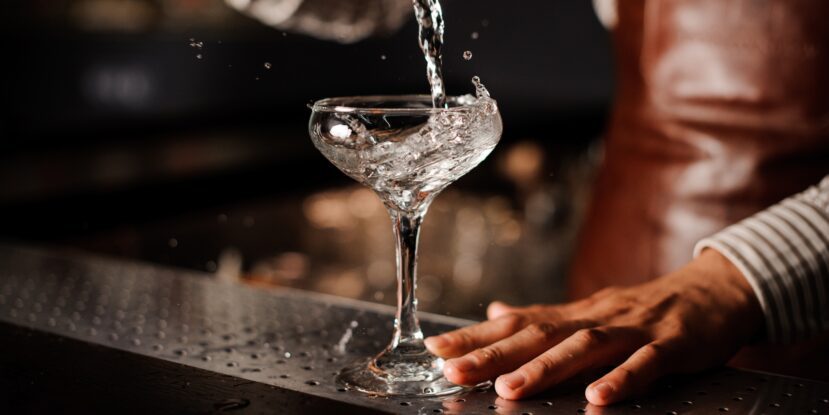
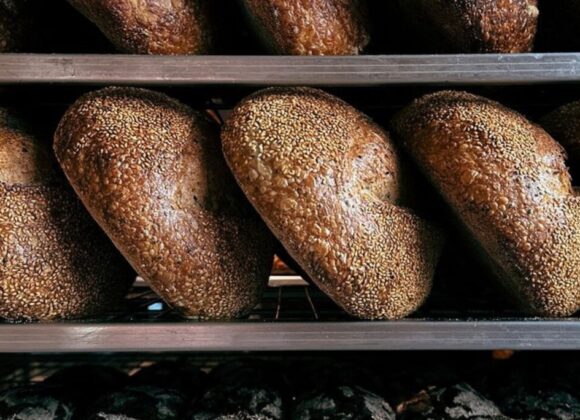
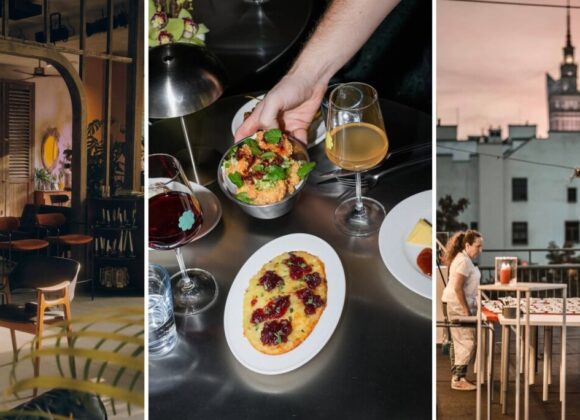
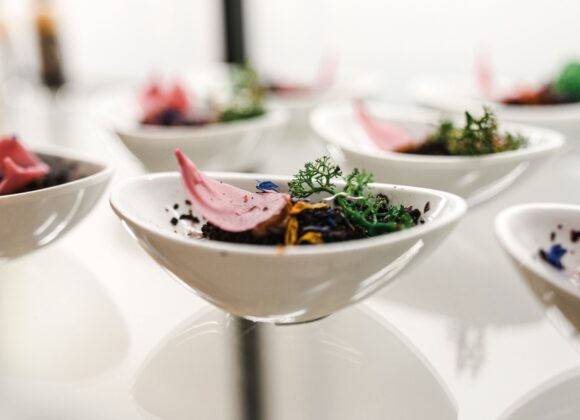
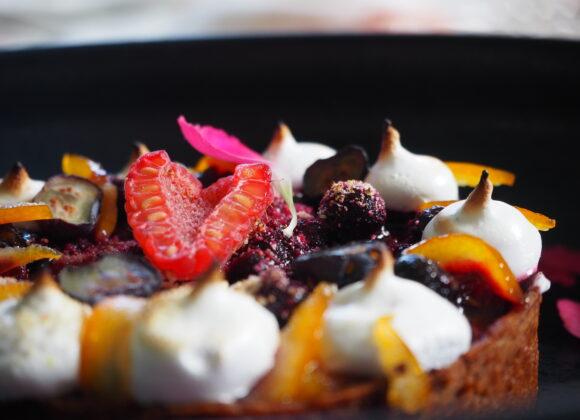
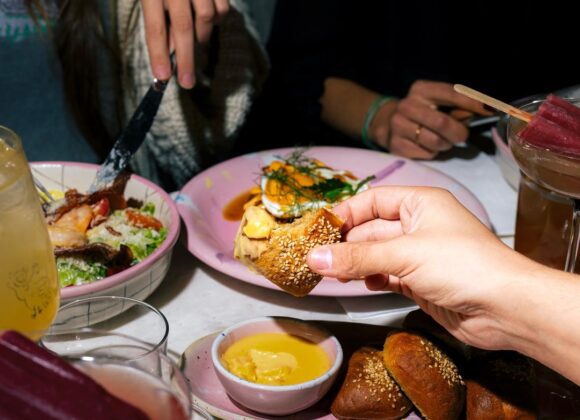



 Młodszy specjalista ds. komunikacji marketingowej i PR.
Młodszy specjalista ds. komunikacji marketingowej i PR.


 Absolwent Uniwersytetu Warszawskiego oraz Szkoły Głównej Gospodarstwa Wiejskiego. W branży HoReCa od ponad 10 lat. Przez lata związany z Grupą Trip, Sobienie Królewskie Golf and Country Club oraz restauracją Florentin w Warszawe.
Absolwent Uniwersytetu Warszawskiego oraz Szkoły Głównej Gospodarstwa Wiejskiego. W branży HoReCa od ponad 10 lat. Przez lata związany z Grupą Trip, Sobienie Królewskie Golf and Country Club oraz restauracją Florentin w Warszawe. Absolwentka Wydziału Architektury Politechniki Warszawskiej na kierunku Architecture for Society of Knowledge oraz Komunikacji Wizualnej na Politecnico di Milano. Specjalistka od budowania nastroju. Doświadczenie zdobywała w kraju i zagranicą podczas licznych warsztatów międzynarodowych (Sevilla, Lizbona, Florencja), stypendium na La Sapienza (Rzym) oraz pracując m.in. w Carmi e Ubertis i ADM Milano.
Absolwentka Wydziału Architektury Politechniki Warszawskiej na kierunku Architecture for Society of Knowledge oraz Komunikacji Wizualnej na Politecnico di Milano. Specjalistka od budowania nastroju. Doświadczenie zdobywała w kraju i zagranicą podczas licznych warsztatów międzynarodowych (Sevilla, Lizbona, Florencja), stypendium na La Sapienza (Rzym) oraz pracując m.in. w Carmi e Ubertis i ADM Milano.








 Menedżer z wieloletnim doświadczeniem w branżach kosmetycznej, spożywczej, dziecięcej. W trakcie swojej kariery związany z firmami takimi jak: L’Oreal, Samsung, Danone-Nutricia, Unilever. W ciągu swojego życia zawodowego odpowiadał między innymi za rozwój sprzedaży i contentu eCommerce w Polsce i krajach Europy Środkowo-Wschodniej.
Menedżer z wieloletnim doświadczeniem w branżach kosmetycznej, spożywczej, dziecięcej. W trakcie swojej kariery związany z firmami takimi jak: L’Oreal, Samsung, Danone-Nutricia, Unilever. W ciągu swojego życia zawodowego odpowiadał między innymi za rozwój sprzedaży i contentu eCommerce w Polsce i krajach Europy Środkowo-Wschodniej. 

























































